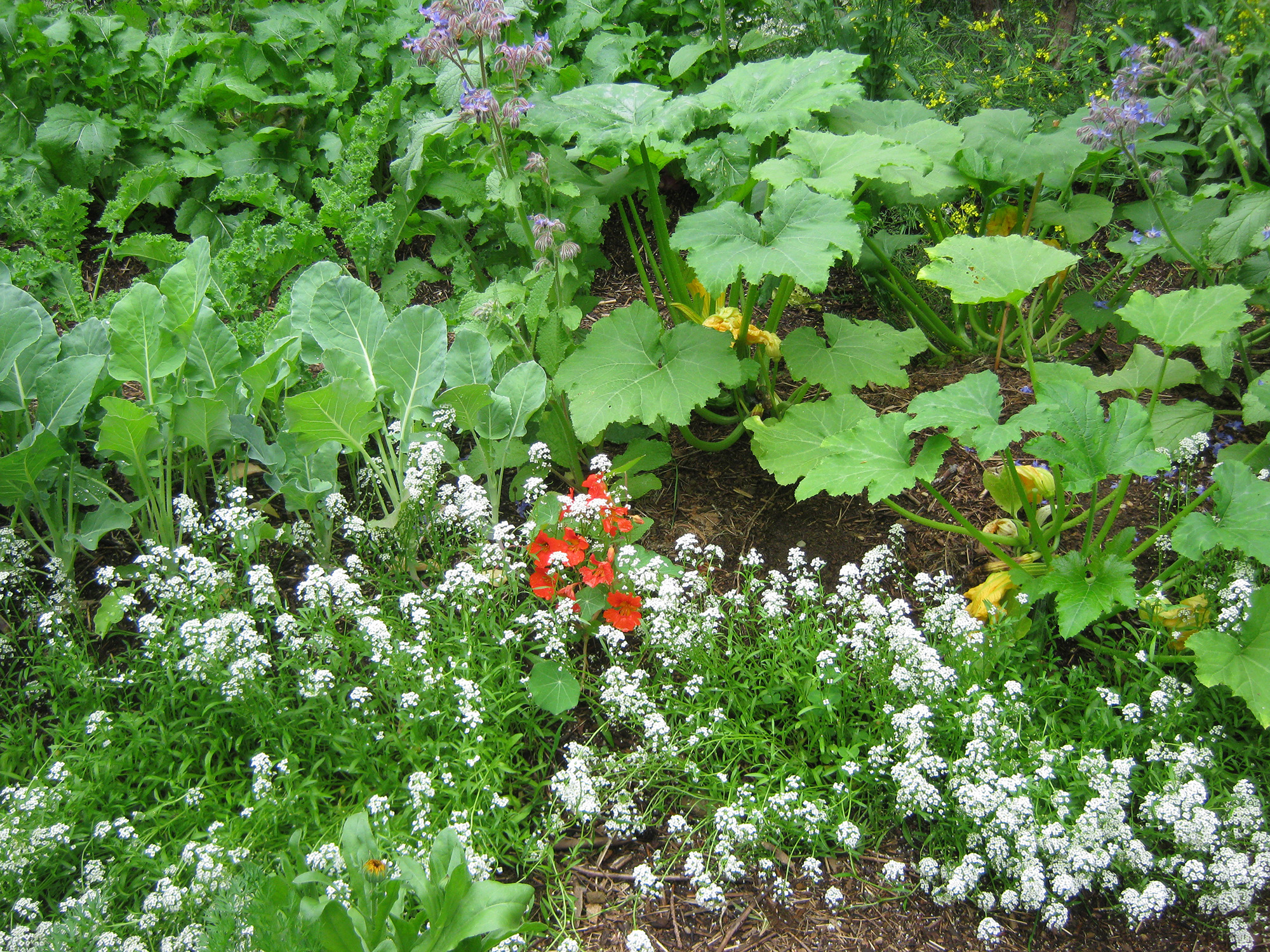“Jump in with both feet!”
That’s a sentence that has applied to me more times than I care to calculate. I have had a tendency to do a considerable amount of leaping before looking in the past. But I’ve matured since then.
Okay, not really. I still want to get things happening right away. I want my goodies, and I want ‘em now! But having studied permaculture design, I know that certain things need to be in place if I want my goodies to be the best they can be.
So now I try to temper my enthusiasm with some good ol’ permaculture thinking, and try to work out the best way to go about it…before I do my leaping. I mean, I’m gonna leap – it’s just a matter of choosing the right time.
“Slow and steady wins the race.”
It may have become a bit of a cliché, but in many instances it is bang on. Using small and slow solutions is one of the principles that helps us rein in our exuberance, do our research, and get it right. The first time.
You know frustrating it is having to do a job more than once. If I leap in and set up a system without doing my due diligence, I might end up putting things in the wrong place, and set myself up for a disaster later.
Putting a plant in a place where it doesn’t get enough sun isn’t a big deal. You can just move it; or plant in a different place next year. But building a house in a depression that collects water and doesn’t drain well is a recipe for disaster. You’ll be working on that house for the rest of your life!
Another way we can use small and slow solutions is by setting up small experimental areas to test our theories before we set up bigger areas. This is helpful in gardens and food forests when planning guilds; experimenting with different mulches and composts; and trying out different garden building techniques such as hugelkultur, lasagna garden beds, and enclosed raised beds on a small scale, before deciding which we’ll use in a larger garden system.
And it is especially important to remember ‘small and slow’ when you get a bright idea, like growing avocados in the north. Now, maybe you do have a micro climate that will enable you to grow avocados; but the bright thing to do would be to plant one or two trees, and give them a reasonable time to grow, and see how they react to your climate before you go ahead and plant a hundred trees. Save yourself the grief.
This principle is also an important one to employ when making larger purchases. Buying machinery is a big investment, and never to be taken lightly. Take your time and do your research to make sure that you’re getting the right machine for the job, at the best price you can, and one that is going to last. Don’t just buy the first shiny machine that you see. Tempting as it may be.
Using small and slow solutions when working up your permaculture design can save you money, time and frustration in the long run, even though it might seem like you’re wasting precious time by NOT getting started right away. But trust me, slowing down and getting it right will always work out better in the long haul.
Setting up a business, building a chicken system, digging a pond – all of these activities and more can benefit from using the permaculture principle of using small and slow solutions. Save the leaping for after you’ve created an amazing system.
Health, Hope & Happiness
Tracy
